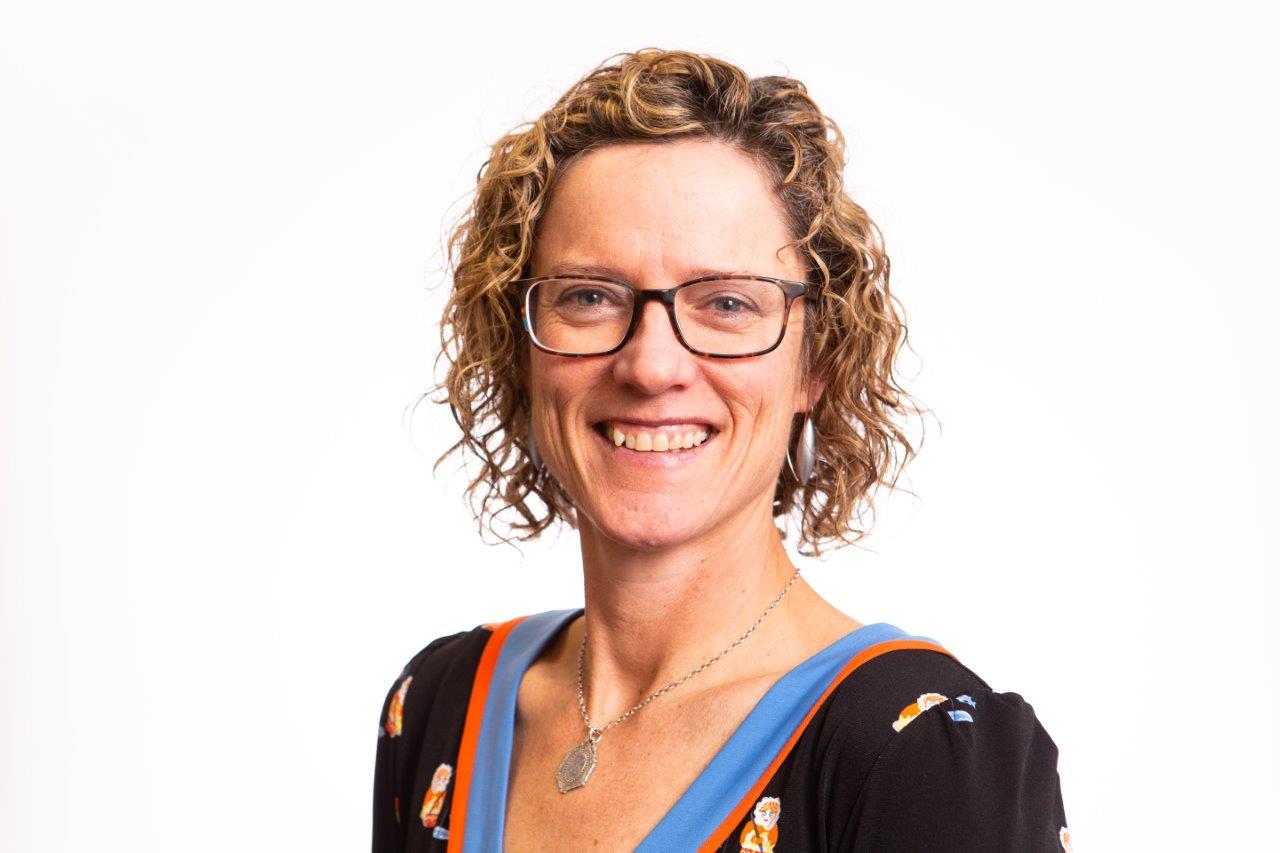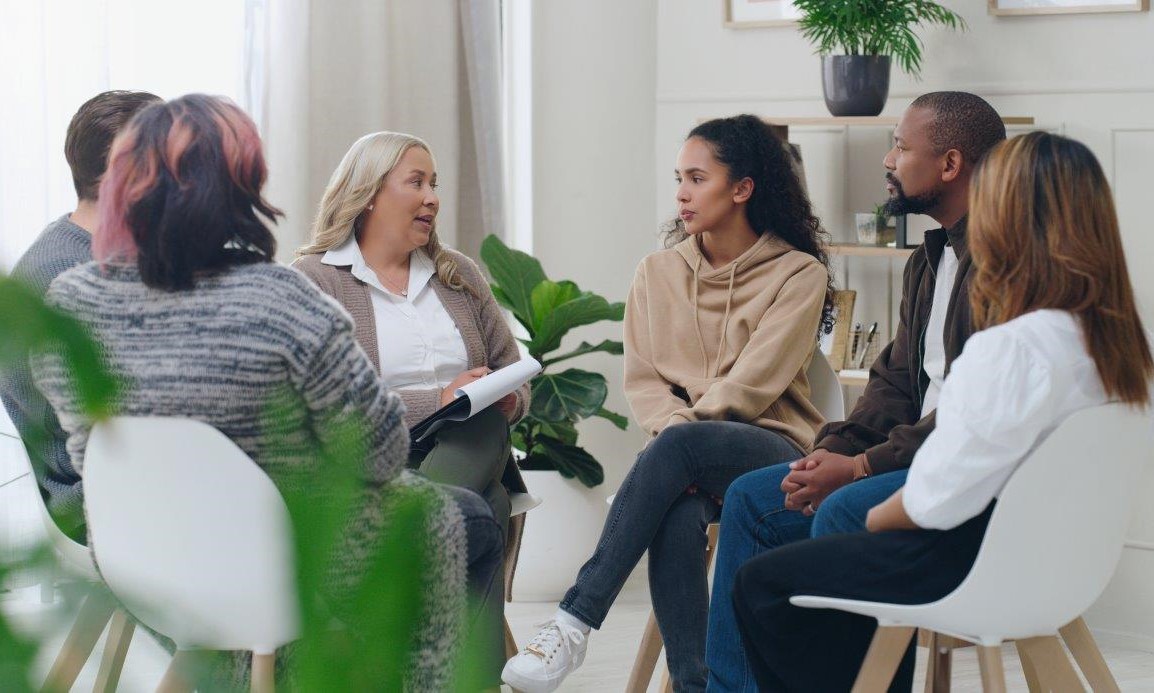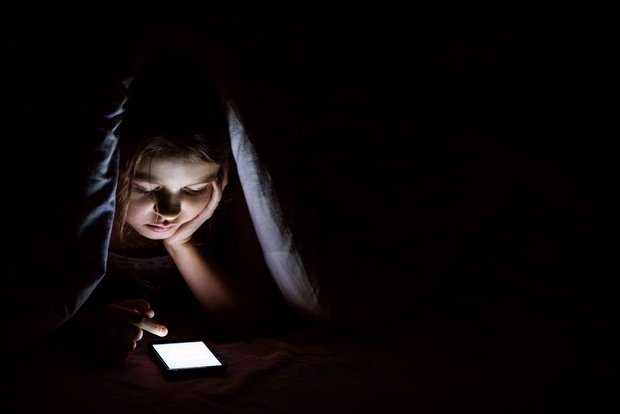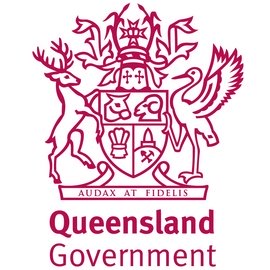The latest Impact of pornography on young people report from national violence prevention organisation Our Watch suggests young people now, on average, are seeing porn for the first time at age 13.6.
The data, drawn from a survey of just under 1000 young people aged 16-20, found that 72 per cent said porn often showed aggression and violence against women, and 79 per cent believed that porn impacts how women were viewed in real life.
Almost a third said they used porn for sex education.
Our Watch CEO Patty Kinnersly says along with the drop in age of young people accessing pornography for the first time, a stand out stat from the data is that half of young men are watching porn at least once a week.
“I think that’s quite telling,” she shares with EducationHQ.
“It was interesting, though, that most young people don’t actually feel like the view of women in online pornography is disrespectful and inappropriate.
“And whilst most young people didn’t think it was the best place to learn about sex and relationships in the absence of getting in other places, they think that quite a few young people are doing that.”
Based on the report, Our Watch is calling for better education for young people, warning that the violence and abuse often depicted in online pornography can shape harmful views and attitudes and can lead to violence.
While wide-ranging government action is required, Kinnersly says schools and parents also have a role to play in better educating kids.
“Government has a really important role because if we’re going to drive any meaningful change, we need all the parts of the puzzle working, but government clearly is a cornerstone piece in terms of what they can do with legislation.
“I think it’s also fair to say the education system, but also individuals, parenting, all those people that kids interact with, whether it’s sport or music or even church, we need everybody doing their bit.”

“Generations of young people are now growing up with greater access to porn, and it is porn that frequently shows abusive acts towards women,” Our Watch CEO Patty Kinnersly says. “This can have a major influence on how young people understand sex, gender and healthy relationships at a pivotal time in their lives.”
The report outlines how harmful and violent porn can negatively affect young people’s attitudes towards gender, sex and relationships.
This is supported by broader research which has found that damaging gender stereotypes and violence against women are prevalent in online pornography, with about 90 per cent of porn on popular platforms depicting violence or abuse of women.
Exposure to violent porn and frequency of use is associated with a greater likelihood of men holding disrespectful and derogative attitudes that can lead to violence against women.
While Kinnersly acknowledges that state and federal governments have been working “really hard” to determine just how they might have an influence on online platforms, she says there’s an increasing conversation around how we might put the positive duty back onto platforms to take more responsibility.
“Earlier this year when the E-Safety Commission was trying to get the online platforms to reduce the amount of harmful content, it was very hard,” Kinnersly shares.
“So the conversation at the moment about the social media ban for kids under 16, we know that prohibition through history has never worked in its entirety, but it will be a part of the picture and it will be working alongside of education for young people, the structural kind of education, so in respectful relationships education in schools, and also other initiatives across the community that are working to prevent violence against women.
“Whether that’s the role of universities to address sexual harassment and sexual violence for students and teachers, whether that’s positive duty in workplaces, the work that media is doing to challenge harmful stereotypes – I do think we can’t just focus only on young people and only online. We have to put that in context with the broader environment.”
School leaders and teachers naturally have a role to play, but Kinnersly says the online environment at present has got ahead of all of us.
“I suspect that not many adults have really had exposure to the type of pornography that’s being absolutely barraged to young people in the online environment, and we know that most of that porn overwhelmingly shows women as submissive and men as controlling or aggressive, and we know that men who hold that view of women are more likely to perpetrate violence against them.

The report outlined key recommendations to help prevent the potential negative impact of porn on young people, including integrating pornography into age-appropriate respectful relationship education and professional education for teachers on the topic of pornography.
“… young people are spending nearly half of their day online and so it’s not just the fantasy world, it’s crossing into real life, because for the young people, real life and the online environment are one and the same and we are seeing that play out in stats.”
Kinnersly says young people need safe and honest discussions to help them think critically about the portrayal of gender roles and relationships in porn, as well as the potential impact it has in their lives.
“Respectful Relationships education needs to be a part of every school in the country and age-appropriate discussions on porn must be taught alongside consent, gender and preventing violence.”
She shares that, shockingly, choking and strangulation have now been mainstreamed.
“We hear from young people that they feel like they’re expected to either perpetrate that or have to say yes to choking,” Kinnersly says.
“We know there’s no way to strangle people safely, there is no harm minimisation in that, and of course there’s no way to give ongoing consent if you’re being choked.”
The other data that’s starting to show that what young people and particularly young men are being exposed to online is crossing into the real world, is that one in three 18- and 19-year-olds have reported experiencing intimate partner violence.
“So we can’t just keep leaving young people’s education about sex in relationships to the online environment. We’re not going to stop them accessing it, but we have to put it in context with the real world.”
The report highlights that porn itself is not necessarily harmful, but it is the representation of disrespect and violence depicted towards certain people, particularly women, that is concerning.
Kinnersly says we have to demonstrate what healthy relationships look like at home and challenge stereotypes that boys have to be dominant and girls have to be submissive.
“…young people are being barraged with it, and not only pornography but that harmful 'manosphere' content that really is getting into young men’s heads about ‘women should be submissive’ and ‘they’re taking our jobs’ – [they’re being told that] every problem in the world is because women have a voice and it’s very damaging stuff.
“We’ve got to keep challenging that and we really need the education system to just keep working towards the whole of school approach to respect for relationship education,” she says.
It’s imperative as a starting point that principals and teachers educate themselves, and there are excellent resources available, such as the Respectful Relationships education section of Our Watch.
“The E-Safety Commission has some really good resources for both young people and adults,” Kinnersly says.














